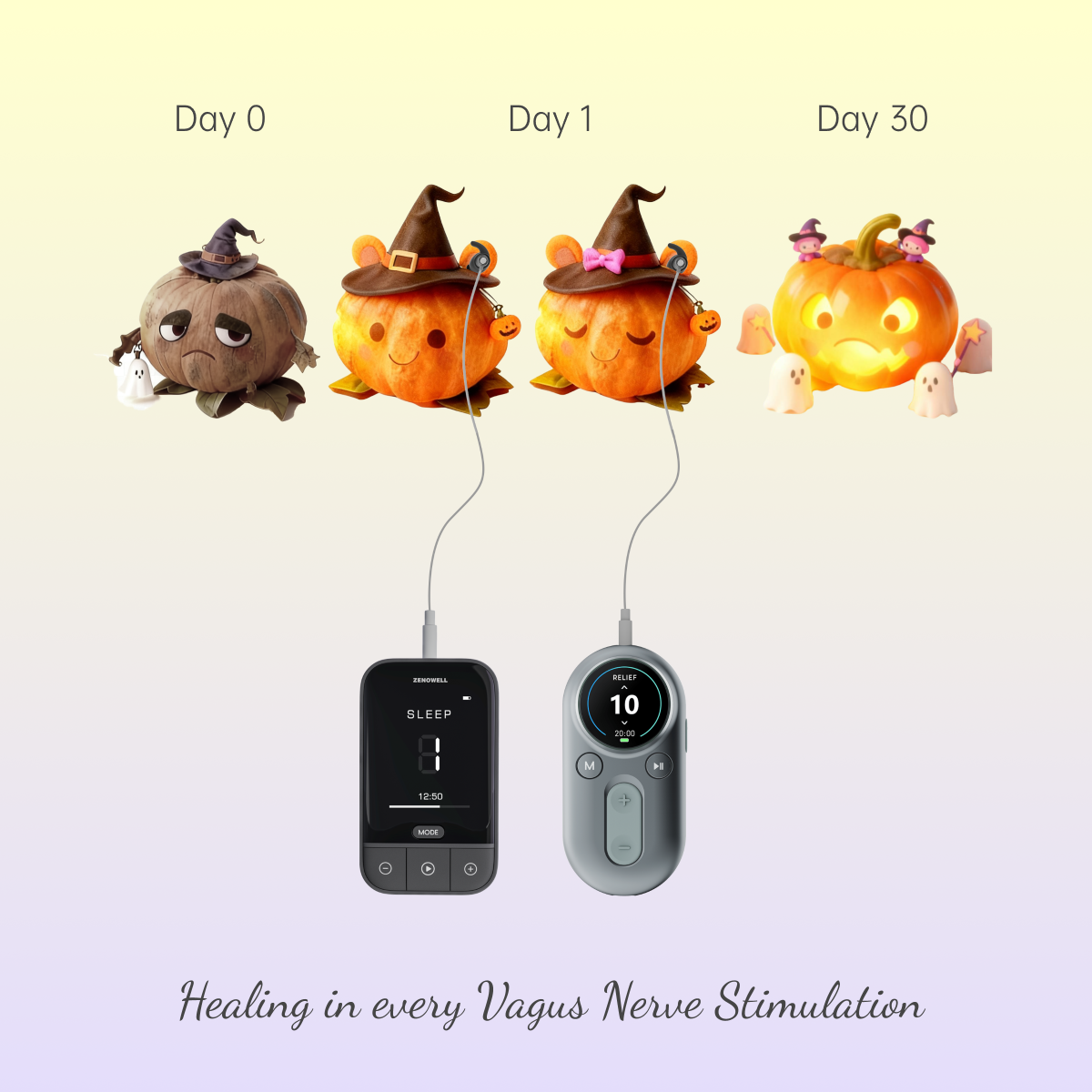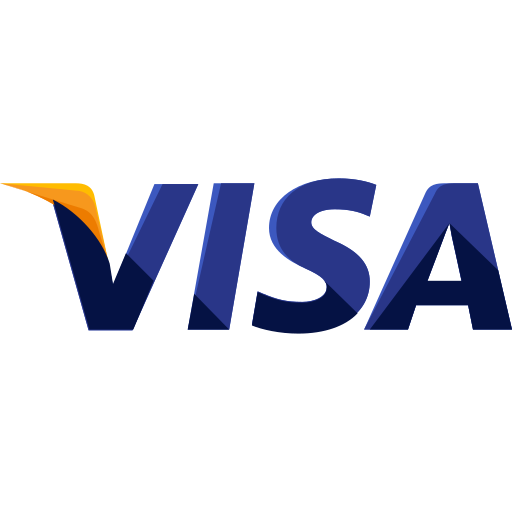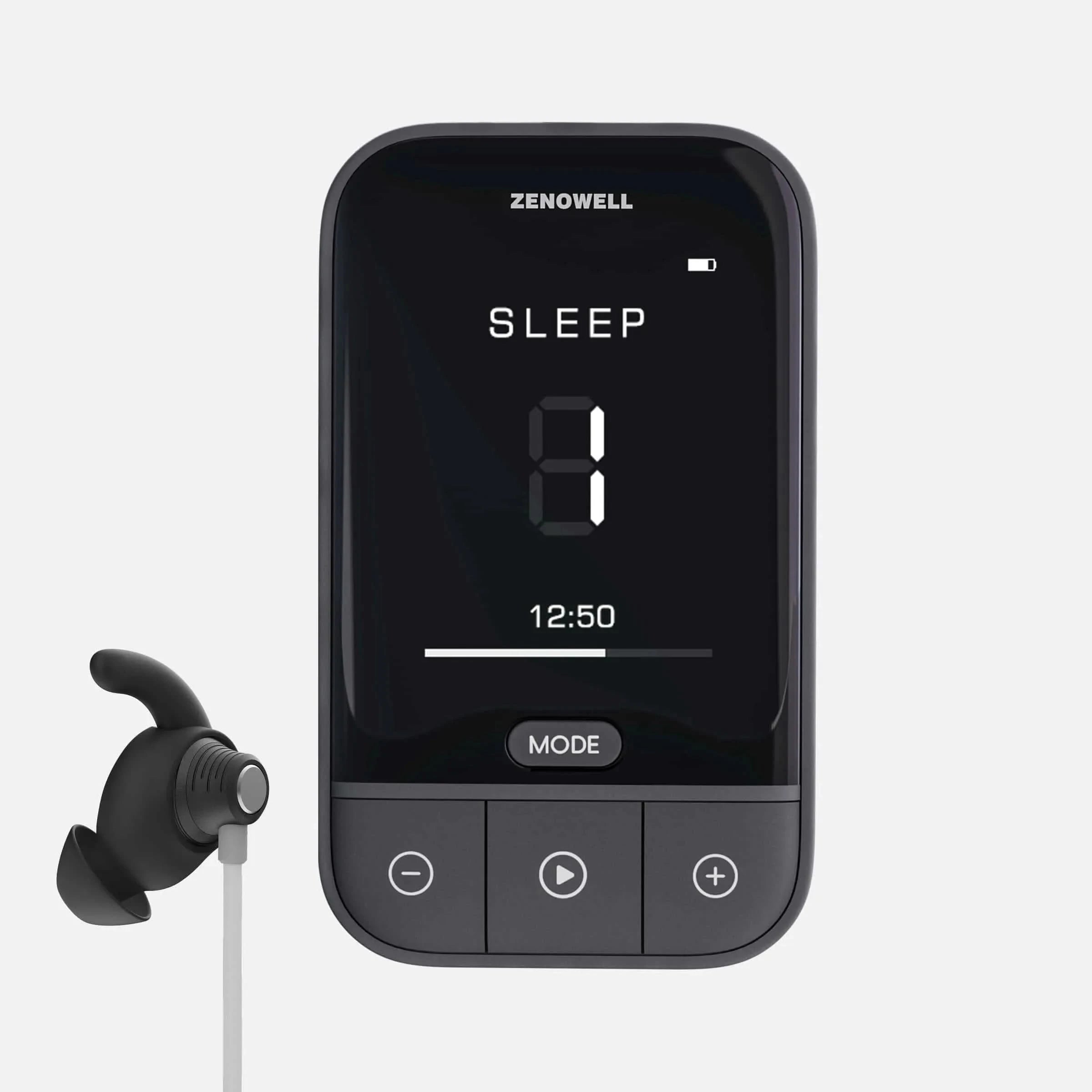Rethinking headache relief: how taVNS addresses pain from the brain to the body
June is National Migraine & Headache Awareness Month, a time to raise awareness and explore better solutions for one of the most disabling and underestimated conditions worldwide: headache and migraine. At ZenoWell, we believe it’s time to rethink how we manage this pain in the brain—starting with the science of how headache pain works and how your own nervous system can be the key to relief.
The Three Dimensions of Pain
Modern neuroscience views pain as more than just a physical sensation. It involves three interrelated dimensions:
-
Sensation – The raw physical input, such as pressure or throbbing in the head.
-
Perception (Cognition) – The brain's interpretation of that signal, shaped by context, memory, and expectations.
-
Emotion – The affective response to pain, including anxiety, frustration, and fear.
Traditional treatments like painkillers often focus solely on sensation, leaving the cognitive and emotional aspects of pain largely unaddressed. That’s where transcutaneous auricular vagus nerve stimulation (taVNS) offers a more holistic, brain-body-based approach.
What Is taVNS?
taVNS is a non-invasive technique that delivers gentle electrical pulses to the auricular branch of the vagus nerve—through a wearable device placed on the ear. This nerve acts as a communication highway between the body and brain, influencing multiple systems including pain regulation, inflammation, stress response, and emotional balance.
How taVNS Targets Headache Pain at Every Level
Recent clinical evidence—including a 2022 systematic review published in SN Comprehensive Clinical Medicine and a 2024 systematic review published in Pain Management Nursing—have shown that taVNS can positively impact all three dimensions of headache pain:
1. Sensation: Calming the Pain Signal at Its Source
taVNS activates afferent vagal fibers that project to the nucleus tractus solitarius (NTS) in the brainstem. From there, it modulates the trigeminal sensory complex, a key hub for migraine and facial pain.
✅ Result: Reduced transmission of pain signals from the head and face.
2. Perception: Changing How the Brain Sees Pain
taVNS influences cortical regions like the somatosensory cortex, prefrontal cortex, and thalamus—areas involved in pain interpretation and cognitive appraisal.
✅ Result: Headaches may feel less intense, shorter in duration, or more tolerable.
3. Emotion: Reducing the Stress-Pain Loop
Stimulation of the vagus nerve enhances activity in the limbic system, including the amygdala, while boosting parasympathetic tone (the “rest and digest” state).
✅ Result: Lower anxiety and emotional reactivity, which helps reduce the overall burden of headache pain.
Is It Too Good to Be True?
If it seems like taVNS does a lot—sleep, mood, digestion, headaches—you might wonder:
“Is this just another wellness fad?”
The answer is: No.
The vagus nerve is one of the most influential nerves in the human body. With over 80% of its fibers sending information from the body to the brain, it plays a vital role in regulating inflammation, stress response, visceral function, and—importantly—pain perception. That’s why modulating it, even through a small area of the outer ear, can produce wide-reaching effects.
Clinical Evidence You Can Trust
The systematic review cited above evaluated multiple studies using auricular (taVNS) or cervical tVNS (tcVNS) in people with migraine. Key findings include:
-
Acute effect (usually 20-30 minutes of taVNS/tcVNS): Lower pain intensity scores
- Preventive effect (usually 4 weeks of taVNS/tcVNS, twice/day): Reduction in headache days and attack frequency
-
Minimal side effects (such as mild skin irritation in some users)
-
Improved emotional well-being and sleep quality
In fact, studies found that low-frequency taVNS (1 Hz) was particularly effective in reducing headache duration and migraine burden. Studies are also exploring the enhanced effect of taVNS paried with respiratory rhythm (i.e., respiratory-gated auricular vagal afferent nerve stimulation, RAVANS) and demonstrating the potential of the syncronization of exhalation and stimulation. We will share the new findings in the future.
The ZenoWell Difference
At ZenoWell, we constantly integrate the breakthrough science into a safe, user-friendly wearable designed for everyday life. Whether you're looking for a complementary approach to migraine prevention, or a drug-free alternative that works with your body—not against it—taVNS is an option.
🌿 Natural. Non-invasive. Backed by neuroscience.
References:
Chen, Jie, et al. "Transcutaneous Auricular Vagus Nerve Stimulation for Managing Pain: A Scoping Review." Pain Management Nursing (2024).
de Carvalho, Ana Cláudia, et al. "Transcutaneous vagus nerve stimulation: an alternative treatment of chronic migraine—a systematic review." SN Comprehensive Clinical Medicine 4.1 (2022): 188.
Song, Dong, et al. "Noninvasive vagus nerve stimulation for migraine: a systematic review and meta-analysis of randomized controlled trials." Frontiers in neurology 14 (2023): 1190062.
Thomaz, Tania Gouvêa, et al. "Transcutaneous electrical stimulation of the vagus nerve as a migraine treatment: systematic review." BrJP 7 (2024): e20240061.
















